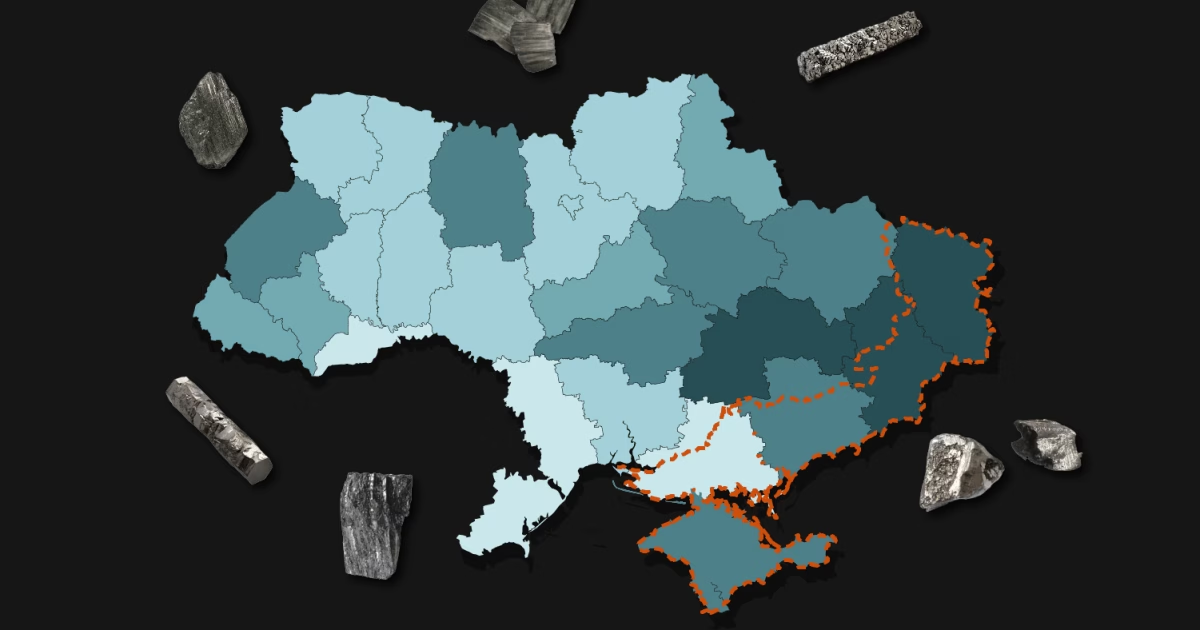Ukrainian President Volodymyr Zelenskyy is poised to sign a historic agreement with US President Donald Trump, granting the United States access to Ukraine’s abundant reserves of critical and rare earth minerals. The preliminary terms of the agreement have already been agreed upon, with Trump emphasizing the deal’s role in helping US taxpayers recover the aid provided to Ukraine during the conflict with Russia, initiated in February 2022. Once signed, both parties will commence negotiations regarding a Reconstruction Investment Fund to determine the allocation of resources.
Specifics of the Deal:
The agreement proposes a joint plan between the US and Ukraine to harness future revenues from Ukraine’s reserves of rare earth and critical minerals, as well as its oil and gas sector. Highlights of the deal include:
- Creation of a Reconstruction Investment Fund: Aimed at reinvesting revenues from Ukraine’s natural resources back into the country for reconstruction, further development projects, infrastructure, and state-owned enterprises.
- Contribution to the Fund: Ukraine will contribute 50 percent of the revenues from state-owned resources to the joint fund. The source and control mechanisms regarding the remaining 50 percent are yet to be defined.
- Commitment to Economic Stability: The US will pledge support for Ukraine’s long-term economic stability and prosperity but not offer direct security guarantees.
US Aid to Ukraine:
Trump had previously sought a share of potential revenues from Ukraine’s natural resources to offset US military assistance. However, Zelenskyy countered, pointing out that the actual US aid to Ukraine is far less than the claimed $500 billion. The Kiel Institute for the World Economy tracks that the United States has donated approximately 114 billion euros ($118 billion) in military, financial, and humanitarian aid since the war commenced.
Ukraine’s Mineral Resources:
According to Ukraine’s Economy Ministry, Ukraine is rich in critical minerals, holding deposits of 22 out of the 34 minerals categorized as critical by the EU. The country also holds significant reserves of rare earth elements critical for various high-tech applications, including electronics, defense, aerospace, and renewable energy.
Location of Minerals:
Prior to the Russian invasion of 2022, Ukraine housed over 20,000 mineral deposits, with about 8,700 proven across 117 types of metals and minerals. Notable regions for these reserves include Luhansk, Donetsk, Zaporzhizhia, Dnipropetrovsk, Korovohrad, Poltava, and Kharkiv. However, with Russia controlling about 20 percent of Ukraine’s territory, including parts of Luhansk, Donetsk, and Zaporizhia, a significant portion of Ukraine’s mineral and metal resources are in Russian hands.
Ukraine’s Natural Resource Wealth:
Ukraine boasts substantial natural wealth in mineral resources, estimated to be worth trillions of dollars. Despite the ongoing conflict, the mining sector remains crucial to Ukraine’s economy, with continued production in safer regions and burgeoning international interest in securing long-term investment opportunities.
Global Rare Earth Mineral Reserves:
China leads the world in rare earth mineral reserves, boasting 44 million metric tonnes, followed by Brazil, India, Australia, Russia, Vietnam, the United States, Greenland, Tanzania, South Africa, Canada, and Thailand. Ukraine’s rich reserves make it a significant player on the global stage, contributing to the worldwide supply of these critical resources.
The deal stands to significantly impact the economic and geopolitical landscapes by opening up Ukraine’s mineral wealth to further exploitation and potentially transforming global supply chains.







